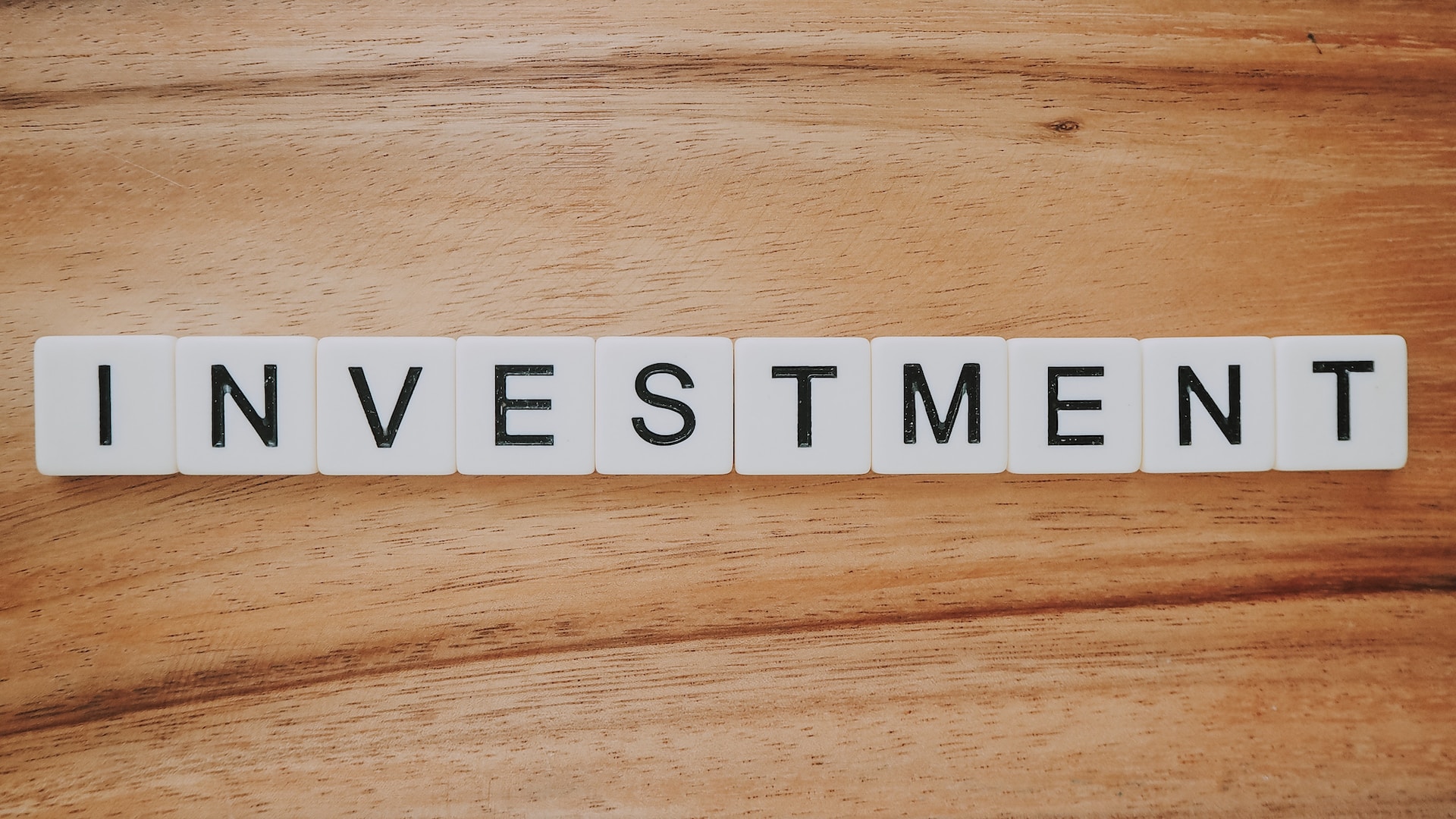Ozempic, a drug recognized for its weight loss properties, is not only aiding individuals in their weight loss journey but also contributing to their wealth. This drug, along with its rivals, is becoming increasingly popular. This article will introduce you to six stocks and one exchange-traded fund (ETF) that are likely to profit from this Ozempic trend.
In recent years, Ozempic has been increasingly prescribed to non-diabetic patients for weight loss. The drug’s popularity has surged due to endorsements from celebrities and social media influencers.
Phrases such as ‘Ozempic face’ and ‘Ozempic butt’ have entered mainstream conversation. These terms refer to bodily changes associated with rapid weight loss, specifically sagging skin. However, this hasn’t deterred demand. The drug is so popular that it’s hard to get, which has only fueled its fame.
The Ozempic frenzy is projected to drive a 32% to 38% sales increase in 2023 for its manufacturer, Novo Nordisk A/S (NVO). Ozempic is a brand name for semaglutide, a glucagon-like peptide-1 (GLP-1) receptor agonist. Other branded drugs in this category include Wegovy, Saxenda, Mounjaro, and Zepbound.
Novo Nordisk A/S also produces Wegovy and Saxenda, both approved for weight loss. Mounjaro and Zepbound, however, are produced and sold by pharmaceutical competitor Eli Lilly. Mounjaro is another Type 2 diabetes treatment, while Zepbound received FDA approval for weight loss in November 2023.
NVO develops, manufactures, and markets pharmaceutical products for sale worldwide. The company has two categories of medicines. One is for the treatment of diabetes and obesity, and the other treats rare diseases.
Ozempic is just one of NVO’s GLP-1 drugs. There’s also Wegovy, Saxenda, Victoza, and the oral pill Rybelsus. This portfolio ensures a robust offering to meet the rising demand for this class of weight loss treatments.
NVO’s leading position in this area will be challenging for competitors to displace. The company owns a 33.3% share in the global diabetes market and a 54.3% share in the global market for GLP-1 drugs.
Eli Lilly, similar to Novo Nordisk, is a global pharmaceutical company. LLY develops and sells various diabetes and Type 2 diabetes treatments as well as treatments for certain cancers, autoimmune diseases, and mental health conditions.
LLY has three drugs similar to Ozempic: Trulicity, Mounjaro, and Zepbound. All have seen a boost from the GLP-1 trend. In the third quarter of 2023, Mounjaro helped secure $1.44 billion in new product revenue. Zepbound’s U. S. weekly prescriptions hit 25,000 less than two months after receiving FDA approval for weight loss.
McKesson offers a range of services within the healthcare industry. The company’s pharmaceutical distribution segment delivers prescription and over-the-counter drugs to pharmacies, hospitals, and clinics across the U. S.
McKesson benefits from rising prescription volumes, and the GLP-1 trend has already contributed to the company’s revenue. In its second quarter of fiscal year 2024, McKesson reported 16% revenue growth in its U. S. pharmaceutical segment, partly due to higher GLP-1 volumes.
Lululemon, a fitness-wear brand with a strong following, manufactures and distributes athletic apparel and accessories for women and men. The brand, like Ozempic, is popular among social media influencers and celebrities.
A population losing weight will need to buy new clothes, and trendy activewear could logically be on the must-have list. Lululemon is well-positioned to benefit because the brand, like Ozempic, is popular among social media influencers and celebrities.
Xponential Fitness franchises boutique fitness centers in North America. The company is in the process of acquiring Lindora, which operates health clinics specializing in weight loss, hormone replacement therapy, and IV hydration.
The effects of Ozempic and similar drugs last only as long as regular treatments continue. For long-term weight management, users must adopt healthier lifestyle practices. XPOF is one of several companies that’s moving to develop integrated health and wellness programs that combine medication with fitness training.
Planet Fitness, one of the largest gym chains in the U. S., operates 2,575 gym locations and serves 18.7 million members. Research concludes that people taking weight-loss medications often start exercising more after treatment begins.
Specifically, 35% of survey respondents said they were exercising weekly before taking the medication. After starting treatment, the percentage doubled to 71%. If that trend holds and GLP-1 drugs remain popular, Planet Fitness is well positioned to see a demand lift for gym memberships.
BFIT tracks the Indxx Global Health & Wellness Thematic Index. The fund invests in companies that promote fitness and physical well-being. Top holdings include Lululemon, Skechers (SKX), Adidas (ADS GR), and Dick’s Sporting Goods.
BFIT is a diversified play in the fitness space. The portfolio includes apparel makers, retailers, gym chains plus specialists like Peloton (PTON) and Herbalife (HLF). This collection of 58 stocks is designed to benefit from increased adoption of gym memberships, in-home fitness equipment, and related products.
The six stocks mentioned have positive ratings from analysts, but their connection to weight loss drugs is the primary reason they’re included in this list.
Drug makers Novo Nordisk and Eli Lilly are obvious choices to benefit from the rise in GLP-1 prescriptions. McKesson, a drug distributor, is one step removed—but has already experienced a sales boost from Ozempic and its peers.
Fitness brands are another logical beneficiary, especially in light of early research showing that GLP-1 users often increase their fitness activity. Lululemon and Xponential Fitness make the cut because those brands, like Ozempic, are popular on social media. Planet Fitness gets the nod for its size and market penetration.
While Ozempic and its meteoric rise in popularity can give your stock portfolio a boost, it’s not a slam dunk. The use of GLP-1 drugs for weight loss is a relatively young practice. That creates some uncertainty about how prescription trends will play out over the long-term.
Consider the stocks on this list candidates for further research. For each, look carefully into valuations. NVO and LLY, for example, both show signs of being overvalued. Also assess the growth plans and review how the company has historically managed its capital.
It’s important to choose stocks you understand and enjoy following. You’ll be better informed and make better decisions as a result. A diversified portfolio protects you from being wrong.
The safest bet when investing in a trend is to focus on companies that have solid long-term potential. From there, it’s a watchful waiting game. It may take time for Ozempic tailwinds to impact, say, Planet Fitness. Or, something may happen that changes that stock’s outlook entirely. Be prepared to wait or to trade, as your stocks and their market conditions evolve.
Ozempic and its competitor treatments are in high demand. And that demand is boosting sales and profits for NVO, LLY, and MCK. The momentum may flow through to fitness stocks as well. To take advantage of the trend, research your options and choose reasonably valued companies you’d like to own and follow.
Let us know what you think, please share your thoughts in the comments below.
















